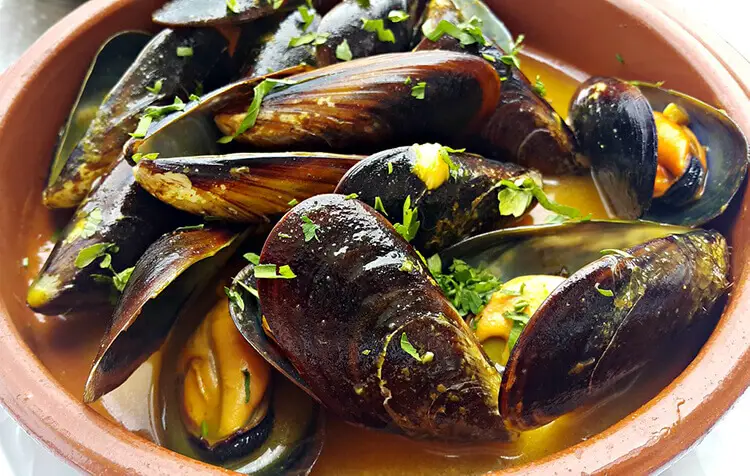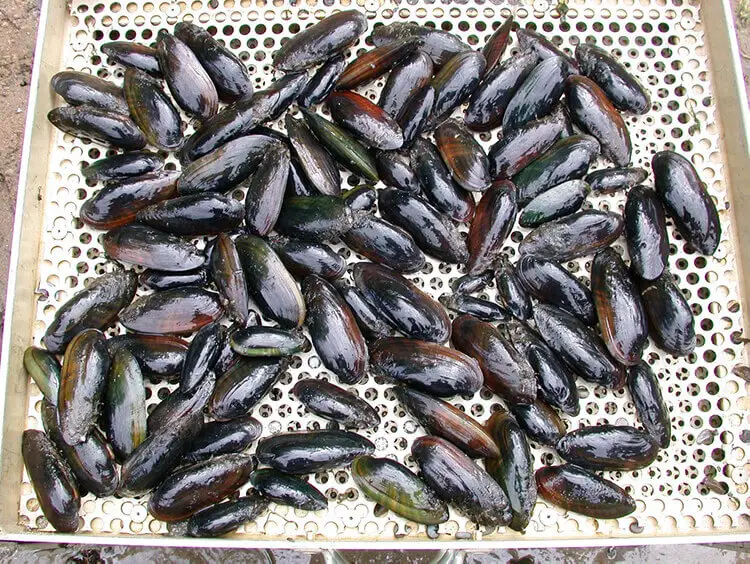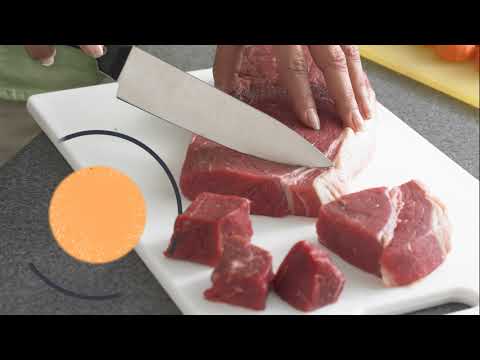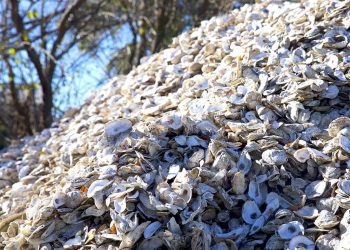With their natural sweetness, mussels are among the best seafood for BBQ parties. They also come with tons of nutrients to benefit your health.
Unfortunately, mussels may contain bacteria. Hence, many try to cook them thoroughly and carefully to enjoy them safely.
But does cooking mussels kill bacteria? This article will show you the answer.
Let’s see how the high heat changes your food!
Does Cooking Mussels Kill Bacteria?
Yes. The bacteria can’t tolerate the high heat you apply when cooking your mussels. Hence, they will die, yet this rule isn’t true for all types of bacteria.
Which Bacteria Do Mussels Have?
Vibrio bacteria, such as Vibrio Vulnificus (Vv.) and Vibrio parahaemolyticus (Vp.), are the most common in shellfish, including mussels. Unfortunately, they will cause illness.
Many people get infected by eating undercooked or raw mussels, especially those with Vibrio bacteria. Some Vibrio species will also result in skin infection when you accidentally expose an open wound to salt water.
According to the CDC, vibriosis causes about 80,000 infections annually in the US. The estimated number of diseases caused by consuming contaminated food is approximately 52,000.
Aside from the Vibrio, mussels may also contain other bacteria, such as:
- Norovirus: This contagious virus may travel through contaminated water or food.
- Hepatitis A: If you experience fatigue, abdominal pain, or jaundice, your mussels may get infected with the Hepatitis A virus.
- Staphylococcus aureus: This type of bacteria will generate a toxin that may cause food poisoning.
What Temperature Kills Bacteria in Mussels?
Cooking mussels at 140°F can kill bacteria. However, other factors will affect how well the heat can deal with bacteria, such as:
- The type of bacteria
- Cooking method
- The duration between preparation and cooking
These factors account for the vast differences in cooking times between various types of seafood.
For example, certain foods may include germs that even boiling temps can’t kill. Meanwhile, others may require a longer cooking time to reach a safe temperature.
In fact, cooking shellfish at 145°F for 15 seconds can destroy Vibrio, a common bacterium in mussels.
But please remember that cooking mussels at 145°F don’t completely kill all the bacteria. However, it’s the best method to have a safe dish to eat.


How to Tell If You Have Killed Bacteria in Mussels
You can check its internal temperature to ensure you have cooked your mussels properly. This method involves inserting a meat thermometer into your cooked mussels and keeping it for a few minutes. If the result is around 145°F, you can eat your food safely.
You can apply this rule to other foods. For example, here are some types of meat and the internal temperature they should reach to ensure food safety:
- Ground beef: 165°F
- Whole cuts of pork and beef: 165 to 170°F
- Chicken: 165 to 175°F


Risks of Eating Undercooked and Raw Mussels
The bacteria in raw and undercooked mussels will pose various risks to your health, such as:
Bacterial Infections
The Vibrio bacteria will cause foodborne illnesses. If you accidentally eat the infected mussels, you will notice these symptoms:
- Nausea
- Vomiting
- Diarrhea
- Fever
- Dehydration
- Abdominal pain
Shellfish Poisoning
Shellfish poisoning comes with similar symptoms. Besides, you may experience respiratory failure and paralysis in severe cases.
Some symptoms appear from 12 to 24 hours after consuming infected shellfish and may persist for two to seven days.
Those who often use antacids, heart or diabetic medicines, or who have recently undergone cancer or antibiotic treatments are more at risk.
If you have any concerns about your health from consuming shellfish and other raw proteins, talk to your physician.


Tips for Cooking Mussels Safely
Preparing mussels safely is the key to avoiding bacteria. We will share some pro tips to help you nail it.
Store the Mussels Properly before Cooking
When put in warmer conditions than their habitat, Vibrio bacteria may thrive at high speeds. So before cooking, you must keep your seafood.
If you catch mussels from the water, always have a cooler next to you. Otherwise, they may turn spoiled on your way back home.
If you buy the mussels from the supermarket and don’t intend to cook them immediately, store them in the refrigerator.
Cook the Mussels over High Heat
You should cook mussels over high heat to ensure a thorough and quick cooking process, reducing the risk of foodborne illness.
It would be best to cook your shellfish in a liquid, such as broth or wine. The liquid can help transfer heat to the mussels quickly.
The high heat will kill bacteria, as aforementioned. Moreover, your mussels can open their shell easier while preserving their flavor and texture.
Avoid Cross-Contamination
Cross-contamination will happen when dangerous bacteria from raw seafood contact cooked food or other ingredients and utensils. It will lead to the spread of bacteria.
The following tips will help you avoid cross-contamination when cooking mussels:
- Use two separate cutting boards for raw mussels and other ingredients. This tip will help prevent harmful bacteria from the meat from infecting other foods.
- Wash your hands carefully with warm, soapy water before handling raw mussels. Also, clean the utensils, such as spoons or knives, that will touch the ingredients.
- If you are preparing a big meal with different foods, use different bowls for them. For example, you should put raw mussels in one bowl and other ingredients in another to avoid cross-contamination.
This video will share with you more tips about cross-contamination:
Conclusion
Cooking mussels can kill bacteria to some extent. However, it doesn’t solve the problem completely. So you should also follow other safety measures to have a safe dish.
Seafood is tasty and nutritious. Yet, your food will turn out terrible if you suffer from illnesses because of the bacteria. Hence, stick to our safety guide to enjoy all the benefits of the mussels.
Thank you for reading!
















Thank you for your sharing. I am worried that I lack creative ideas. It is your article that makes me full of hope. Thank you. But, I have a question, can you help me?
Thank you for your sharing. I am worried that I lack creative ideas. It is your article that makes me full of hope. Thank you. But, I have a question, can you help me?
Thanks for sharing. I read many of your blog posts, cool, your blog is very good.